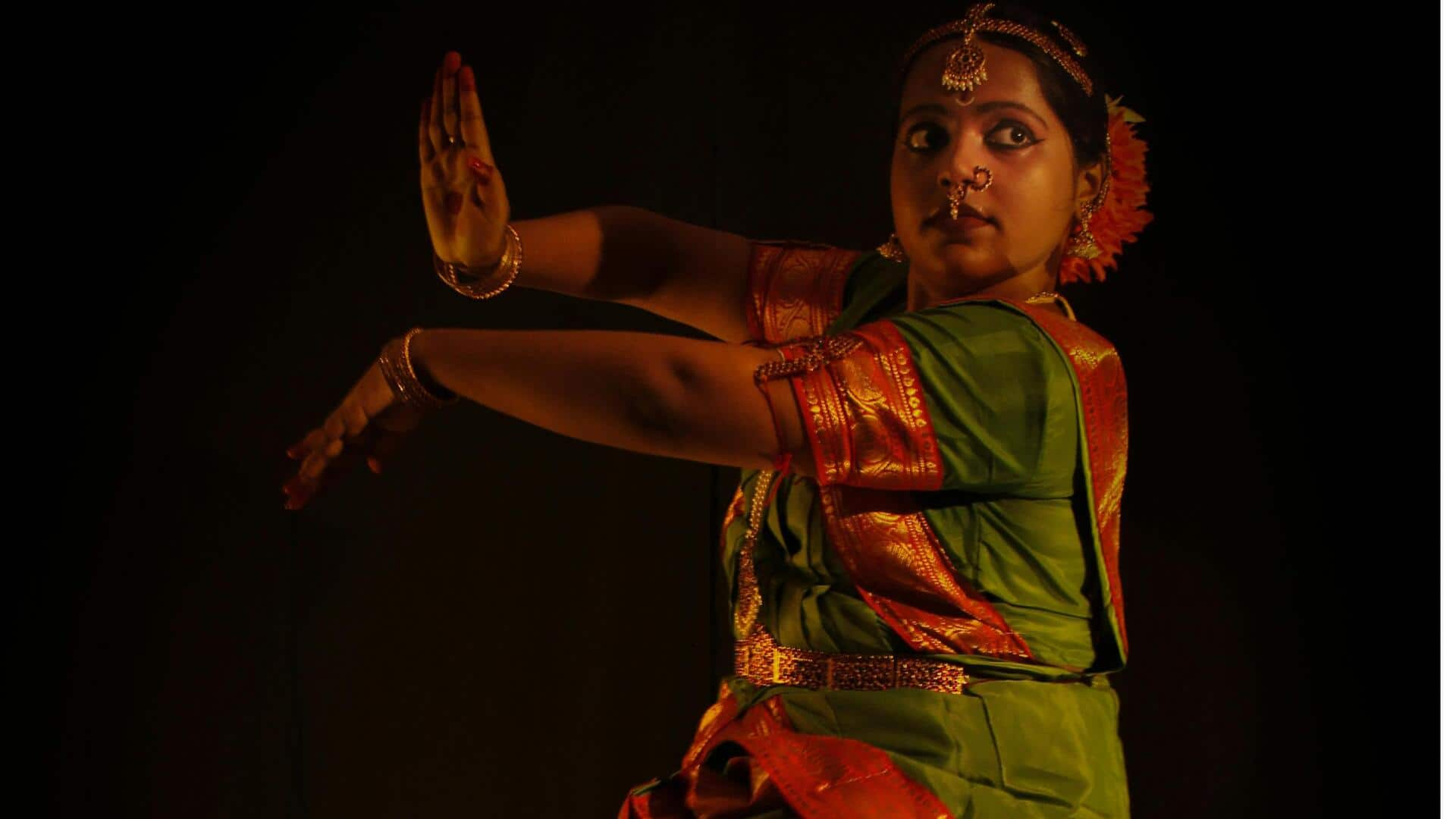
Bharatanatyam: The timeless dance that speaks through expressions
What's the story
Bharatanatyam is a classical dance form that hails from Tamil Nadu, India. It is one of the oldest dance forms in the country, dating back over 2,000 years. Traditionally, it was performed by temple dancers and is now a global symbol of Indian culture. Bharatanatyam combines expressive hand gestures, intricate footwork, and facial expressions to narrate stories and convey emotions.
#1
Historical roots of Bharatanatyam
Bharatanatyam's history is closely linked to the Natya Shastra, an ancient treatise on performing arts written by Bharata Muni. The dance was originally known as 'Sadir' and was performed exclusively in temples. It was a means to worship and connect with the divine. Over centuries, Bharatanatyam evolved from being a temple art to a stage performance, while still retaining its spiritual essence.
#2
Key elements of Bharatanatyam
Bharatanatyam is characterized by its three main elements: Bhava (expression), Raga (melody), and Tala (rhythm). Dancers use hand gestures called mudras to express different emotions and narrate stories. The music accompanying the dance is based on classical Carnatic music, which adds depth to the performance with its melodic patterns and rhythmic cycles.
#3
Costume and makeup in Bharatanatyam
The traditional costume of Bharatanatyam includes a silk saree with pleats that allow for graceful movements. The attire is usually adorned with gold jewelry that enhances the visual appeal of the dance. Makeup plays an important role in highlighting facial expressions; dancers use kohl around their eyes and bright colors on their lips to emphasize emotions.
#4
Learning Bharatanatyam today
Today, learning Bharatanatyam has become accessible across the globe through various institutions and online platforms. Students learn under experienced gurus who impart not just technical skills but also the cultural significance behind each movement. Regular practice helps in mastering this intricate art form while keeping alive its rich heritage for future generations.